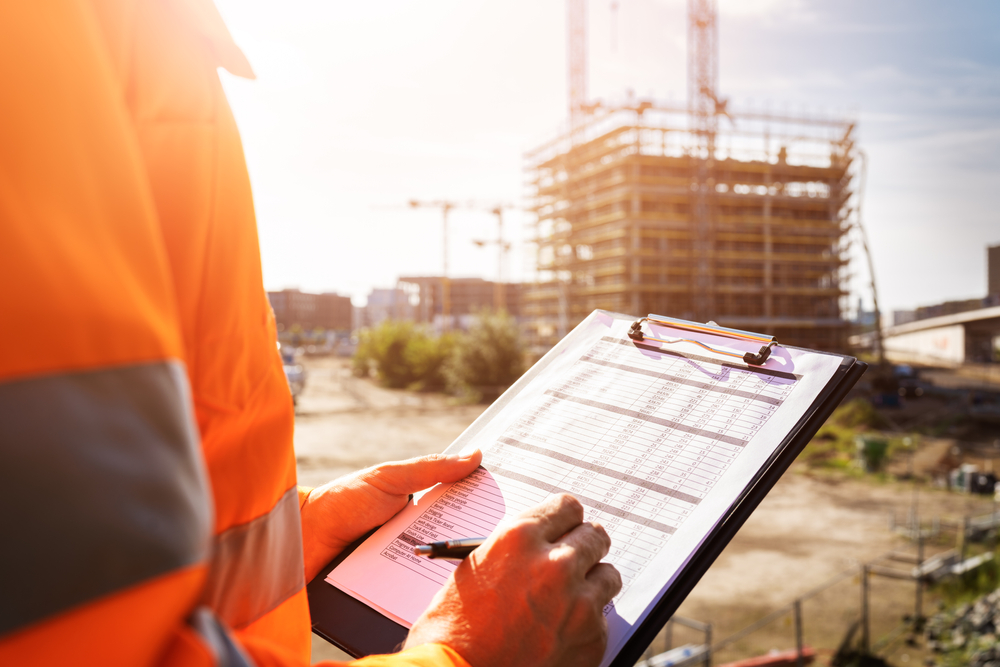Those who are employed in the construction industry face many dangers at work daily. While many conditions can lead to severe injuries when proper safety protocol isn’t followed, some types of hazards are more fatal than others. The Occupational Safety & Health Administration (OSHA) has identified the four most common causes of fatality in the construction industry. Referred to as the “Fatal Four,” the accidents most likely to result in job site fatalities include falls, struck-by injuries, caught-in-between accidents, and electrocution.
Falls
According to OSHA, falls are the leading cause of death in the construction industry. Falls can occur due to unprotected holes, lack of guardrails, insufficient training, faulty ladders, and many other reasons. Significantly, many accidents involving falls are due to a failure to provide workers with proper protective equipment and adequate safety gear.
Failure to provide workers with the equipment they need to carry out tasks at heights safely is not only a violation of OSHA regulations, but also New York Labor Law. Also known as the “Scaffold Law,” New York Labor Law § 240 protects workers from accidents caused by falls and falling objects on construction sites. Under this statute, owners and general contractors can be held strictly liable for accidents that arise due to their failure to provide workers with the equipment they need to carry out their height-related duties safely.
Struck-By Accidents
Struck-by accidents are the second leading cause of fatality among construction workers — and the most common cause of nonfatal injuries. These types of accidents occur when a worker comes into contact with a flying, falling, swinging, or rolling object. Specifically, they can happen when materials are not properly secured, equipment is not adequately maintained, and personal protective gear is not provided. Struck-by accidents can involve tools, debris, vehicles, machinery, and other objects on job sites.
Caught-In-Between Accidents
Caught-in-between accidents can happen in many different ways when safety precautions are not taken. For instance, a worker can become caught between a piece of equipment and a fixed object, or a limb can be pulled into unguarded machinery. These types of accidents can also arise due to cave-ins and other hazards associated with excavation and trenching. Tragically, caught-in-between accidents can result in the worker suffering from crush injuries, amputation, suffocation, and organ failure due to prolonged compression of the limbs.
Electrocution
While electricians and power line installers are most at risk of electrocution on construction sites, workers who perform a variety of tasks can also face electrical hazards when proper safety measures aren’t followed. Electrocution is commonly caused by unsafe use of extension cords, failure to protect power lines, unsafe lockout/tagout procedures, and wires that are not properly grounded. Critically, exposure to electrical currents on construction sites can lead to respiratory arrest, brain damage, cardiac arrhythmias, internal organ failure, thermal burns, and other fatal injuries.
Contact an Experienced New York Personal Injury Attorney
If you were injured or lost a loved one in a construction accident caused by a third party’s negligence, you might be entitled to pursue a wrongful death action to recover your damages — and hold the wrongdoer accountable. In such cases, it’s essential to have an experienced personal injury attorney on your side who will work to obtain the monetary recovery you deserve. The Dearie Law Firm, P.C. has represented construction workers and their families for over three decades and strives to obtain the best possible results in each unique case.
The Dearie Law Firm, P.C. has convenient office locations in Manhattan, the Bronx, and Brooklyn, as well as mobile locations serving Brooklyn, Queens, Manhattan, the Bronx, Staten Island, Westchester County, Rockland County, Nassau County, and Suffolk County. Contact us today for a consultation.

